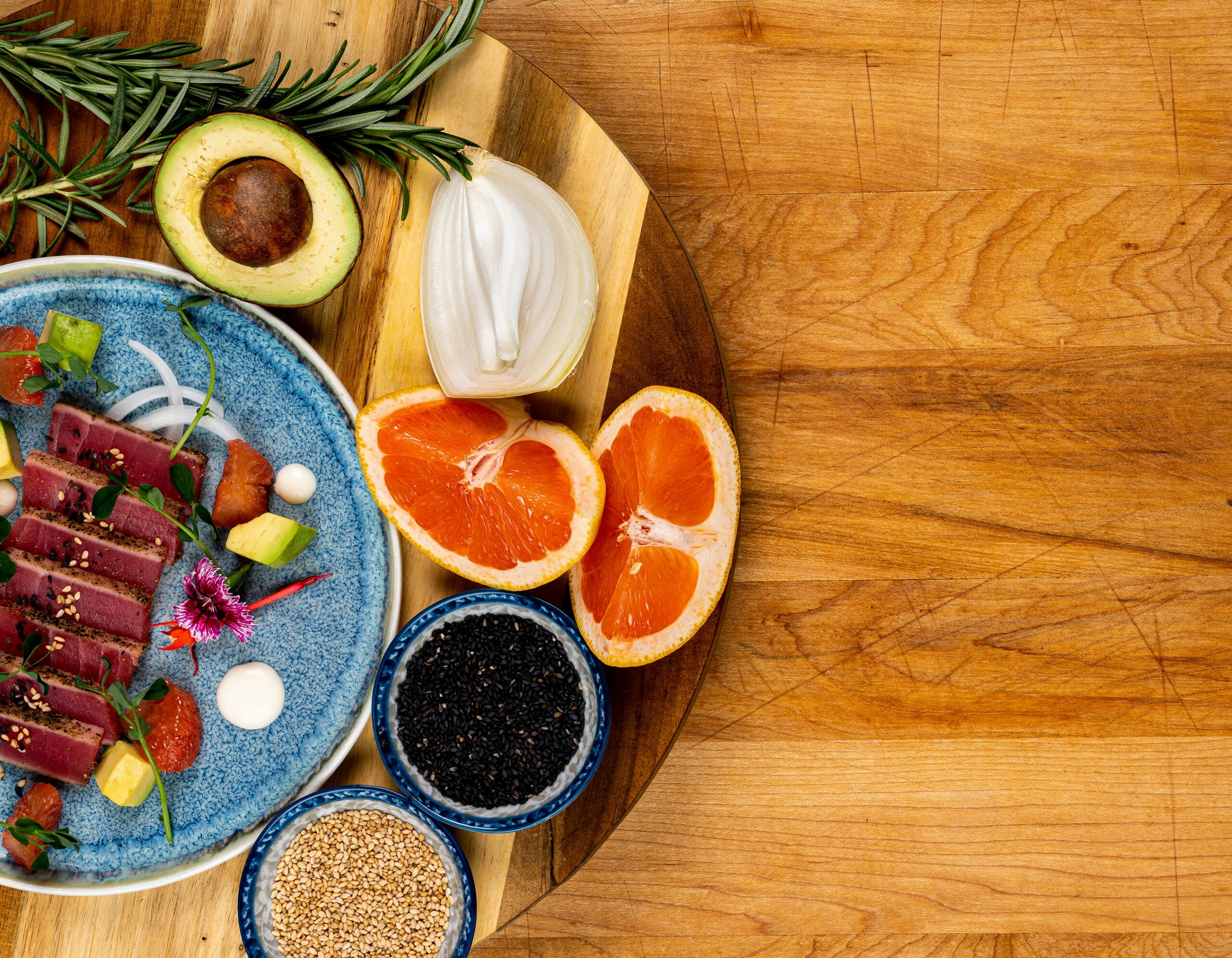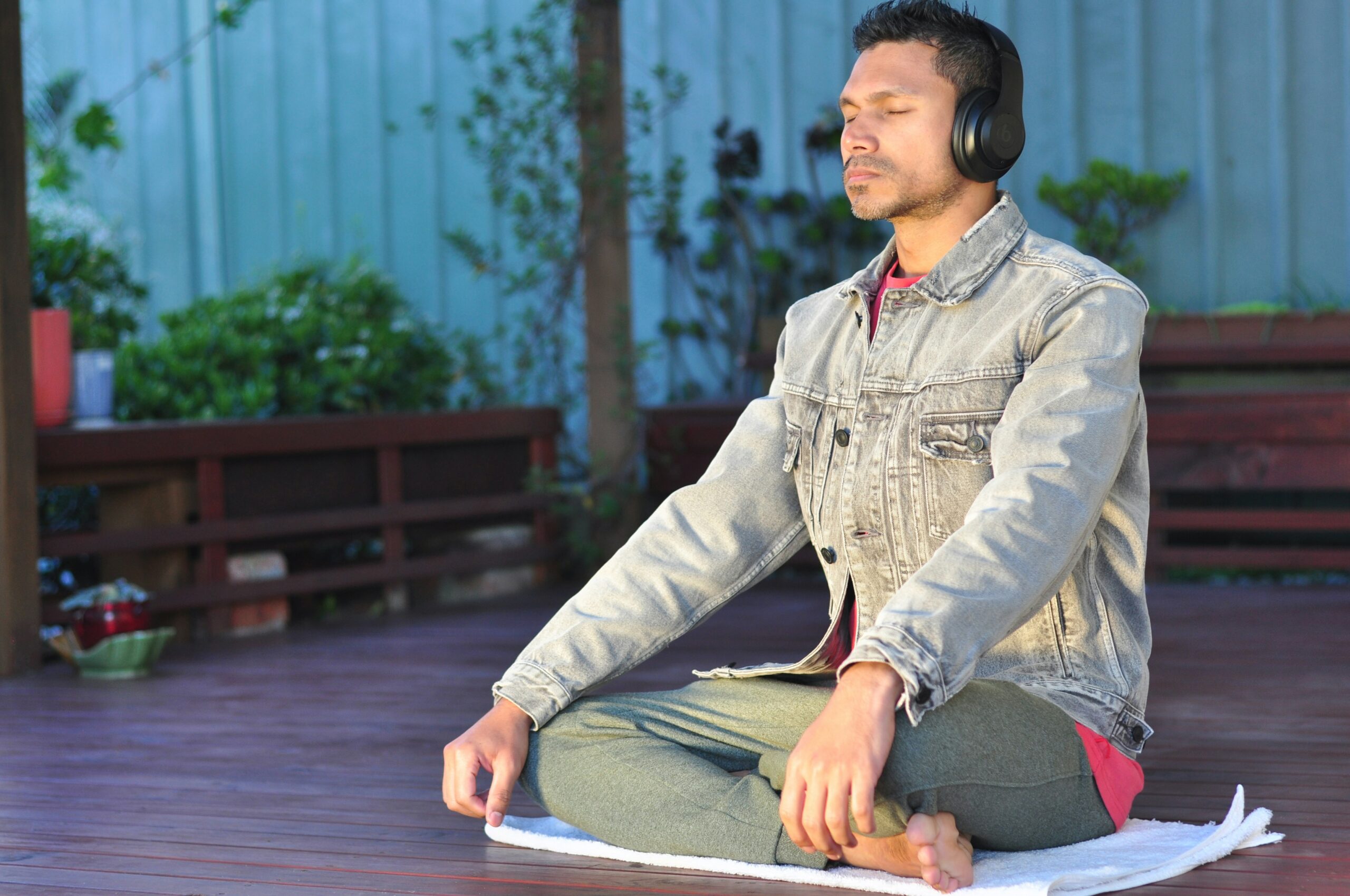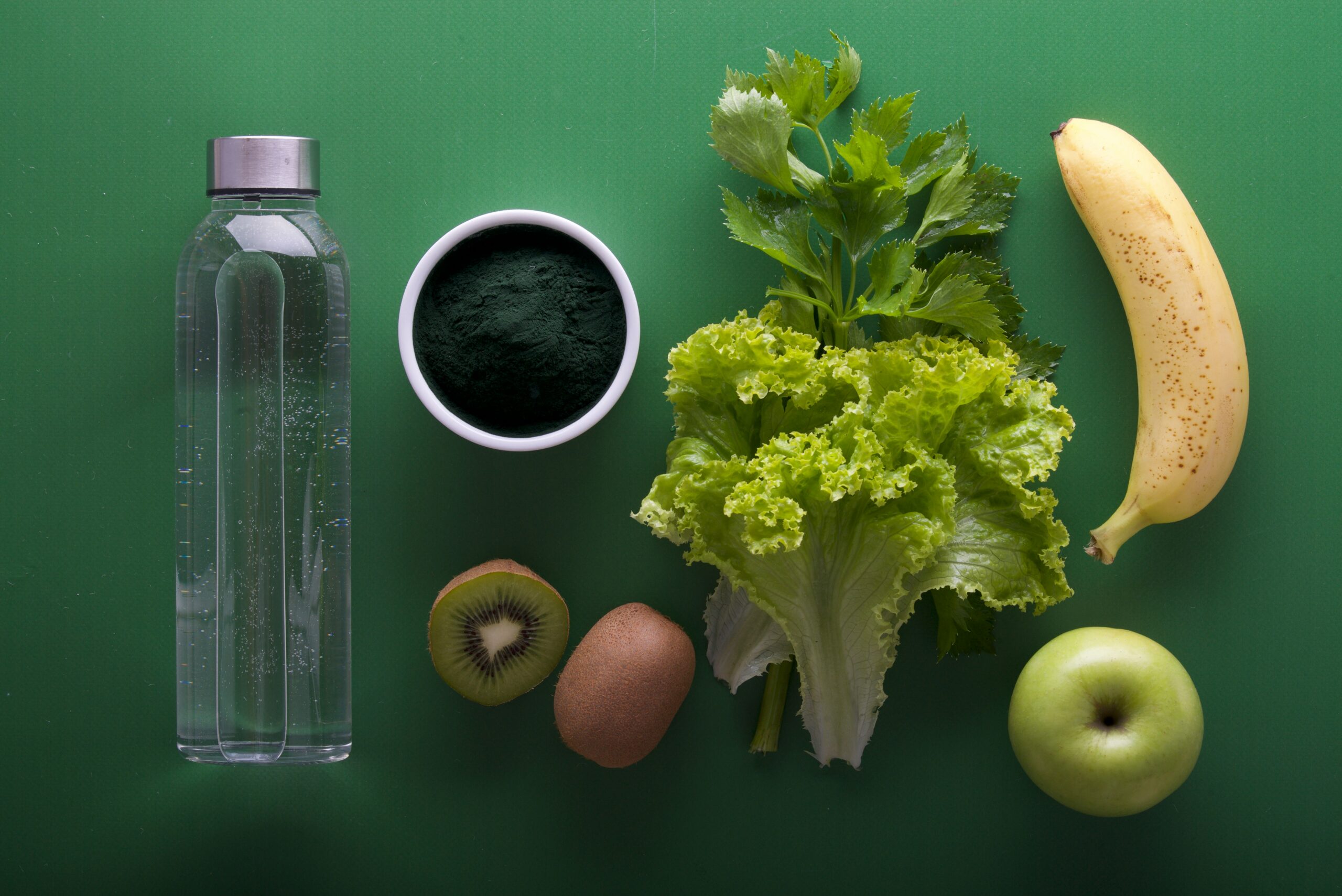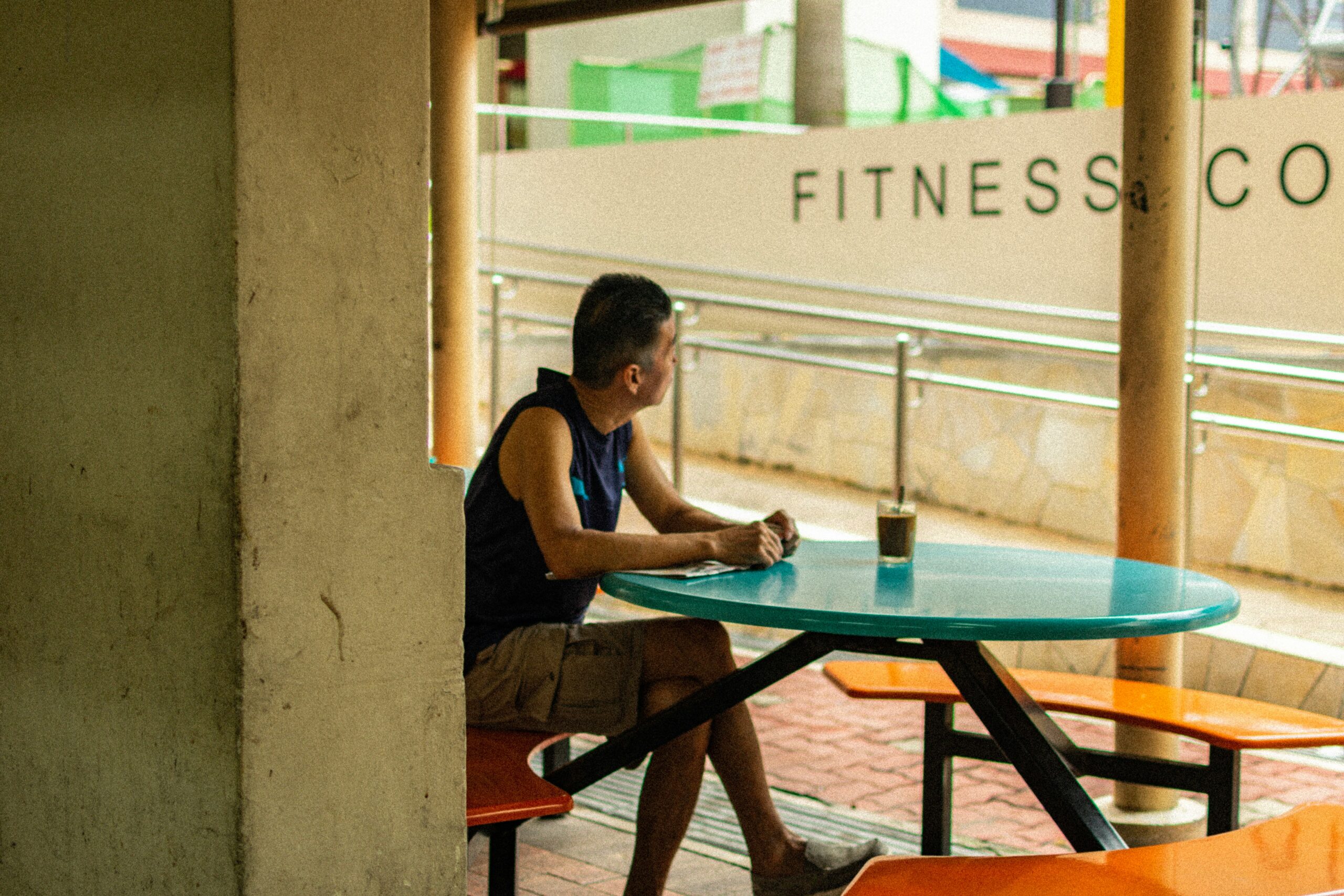Health Focus: The 21-Day Plan to Build Unstoppable Habits

We’ve all been there. You awaken on a Monday morning, brimming with a newfound zeal for your fitness. This is the week. You’re going to meditate, drink a gallon of water, consume the simplest green matters, and run five miles. By Wednesday, that motivation has fizzled. The snooze button is your pleasant friend, and the handiest green issue you’ve ever had is the lime wedge for your after-paintings drink. Sound familiar?
The trouble isn’t a loss of strength of mind. It’s a lack of a gadget. We frequently approach our health like it’s a sprint—a quick, extreme burst of effort—while in truth, it’s a marathon run one single, deliberate step at a time. The authentic secret to a long-lasting transformation in your fitness doesn’t lie in grand, sweeping gestures, but in the tiny, day-by-day behavior that compounds through the years.
This is where the magic of 21 days comes in. While the idea that it takes exactly 21 days to shape a dependency is a slight oversimplification (studies show it can take anywhere from 18 to 254 days, depending on the individual and the addiction), it remains an effective mental framework. Three weeks is a protracted but sufficient duration to transport beyond the preliminary war, however short enough to feel viable. It’s a commitment to your health that doesn’t make sense like an existential sentence.
This 21-day plan isn’t a whole overhaul. It’s approximately selecting one component—one single, non-negotiable dependency—and constructing a foundation of consistency around it. This targeted method is the closing act of taking care of your long-term health.
Table of Contents
Phase 1: Days 1-7 – The Foundation
The first week is the most difficult. You move towards the power in your established routine. Your brain will rebel. It’s not about phase performance; It’s all about showing.
Step 1: Select Caston -Vane
Don’t try to do everything at once. Your mission is to choose a habit that will have a positive wave effect on your overall health. The habit of a keystone is one that naturally draws other good habits with it. Good options include:
10-minute Morning walk: It increases the mood, increases energy, and exercise membership is not necessary.
5 minutes of meditation or deep breathing: This is a direct investment in your mental health.
Step 2: anchor it in the existing routine
The habits require a trigger. The most effective way to create a new habit is to “stack” it on the existing one. The formula is: “After [current habit], I will [new habit].”
After adding my morning coffee, I will meditate for a moment.
After brushing my teeth, I want to put on my gait shoes.
This method removes the need to determine, which is often many things that derail us.

Step 3: Start EMBARRASSED CARD
Your goal in week 1 is not to run 5K; This is to keep up with ongoing shoes and steps out. This is not to meditate in 20 minutes; It is to sit still and breathe three deep. Author James Clear calls it a “two-minute rule”. The habit should be so small that it is impossible to say that you do not have time. The meditation is on the ritual, not the result. It makes the identity: “I am someone who does not miss my trip, who is far more powerful than’ I try to go “.
Expectation: It will feel compelled. You can forget that he is doing well. The goal is seven “Checkmarks” on your calendar, not seven proper performances. Each time you complete this little task, you, as a person, vote for your new identity that prioritizes your health.
Phase 2: Days 8-14 – The Adjustment
If you have done it through week 1, then congratulations! You have already made the hardest part. The week is about tilting at 2 speeds and making microscopic adjustments.
Step 4: Increase the difficulty of the incremental
Your one-minute meditation or two-minute walk has now become a habit. It is automatic. Now you can gently blow the limit. Can you make it two minutes? five? Ten? The key is not to increase the challenge at a time more than 10%. It prevents burnout and damage while keeping your physical health safe. If you have started with a glass of water, try to be two. Listen to your body and your thoughts.
Step 5: Optimize your environment
Your environment will always turn your will. Use this week to stand up to succeed.
Want to eat healthy? Wash and cut your vegetables, and put them in front of the fridge. Hide cookies.
Want to read before bedtime instead of scrolling? Leave your book on your pillow and charge the phone in another room.
Want to work out in the morning? Sleep in the training clothes or put on the shoes straight from the bed.
Make the right alternative an easy option. This is an intensive strategy to protect your health from daily temptations.
Step 6: Tracks and Celebration
Continue your calendar. It is a unique force to look at the construction of your line. Don’t break the chain! And when you mark it “x”, take a literal other to accept it. Call yourself a “good job”. Pump a small handful. Celebration of the process is important for your emotional health and long-term farming.
Phase 3: Days 15-21 – The Integration
You’re on a hump. The habit has begun to feel less like a core and more a part of what you are. Week 3 is about strengthening this new identity and preparing for lthe ong breed.

Step 7: Embrace imperfection (“never miss twice” rule)
You will remember one day. Life happens. A sick child, late at work, sudden emergency. The most important rule in the habit is that “one day is never remembered”, but “never miss twice on a line.” A miss is an accident; Two Mrs. Mrs. is the beginning of a new (bad) habit. Forgive yourself immediately and go back to the field the next day. Flexibility is an important component of permanent health.
Step 8: Find “Why”
Now you should start feeling profit. You can have a little more energy. Maybe you feel less concerned. Maybe your digestion has improved. Connect action to positive results. This is your deep “why.” You don’t drive for 15 minutes; You run to keep the energy to play with your kids without air. You don’t just drink water to drink water; You moisturize to focus on clear skin and mental focus. This links your daily action with your basic values, which is more than your health – it’s about your life.
Step 9: Reflection and planning
At the end of 21 days, take stock. How do you feel this habit will be automatic? Do you feel if you leave it? This reflection is important. You have only proven that you can change. This self-confidence is perhaps the greatest gift you can give your mental health.
Now, what’s next? You can either do:
Stick to and concrete with this habit for another 21 days, slowly continue to build your duration or intensity.
Add a new, small habit by using the same 21-day process, and reach your first autopilot.
The Ripple Effect: One Habit for Total Health
When you commit to a small habit for your health, the benefits are rarely contained. This is the beautiful wave effect.
That morning walk can inspire you to choose a healthy breakfast.
Drinking more water can make you less dependent on sugar in afternoon drinks.
By maintaining your promise, the feeling of performance improves your mental health.
You begin to see yourself as a person who gives significance to your goodness, and you begin to create other options that match that identity. This general effect on your health is the final goal.
Your health is your largest asset. This is the foundation on which you create a full career, a deep relationship, and a happy life. Investing in it through smart, durable habits is the most important task you can do at any time. It’s not about being right; It’s about being consistent. This is about showing for your future, one day – a habit – at a time.
Therefore, choose one thing. Mark your calendar for the next 21 days. And start building unstoppable, lively health that you deserve. Your future thanks you already.
Q: How much time do I need to commit each day?
A: Just 10–20 minutes! The plan focuses on small, sustainable actions that fit into your daily routine.
Q: What if I miss a day during the 21 days?
A: No problem! Consistency matters more than perfection—just pick up where you left off and keep going.
Q: Is this plan suitable for beginners?
A: Absolutely! It’s designed for all levels, with simple, science-backed habits anyone can start today.










